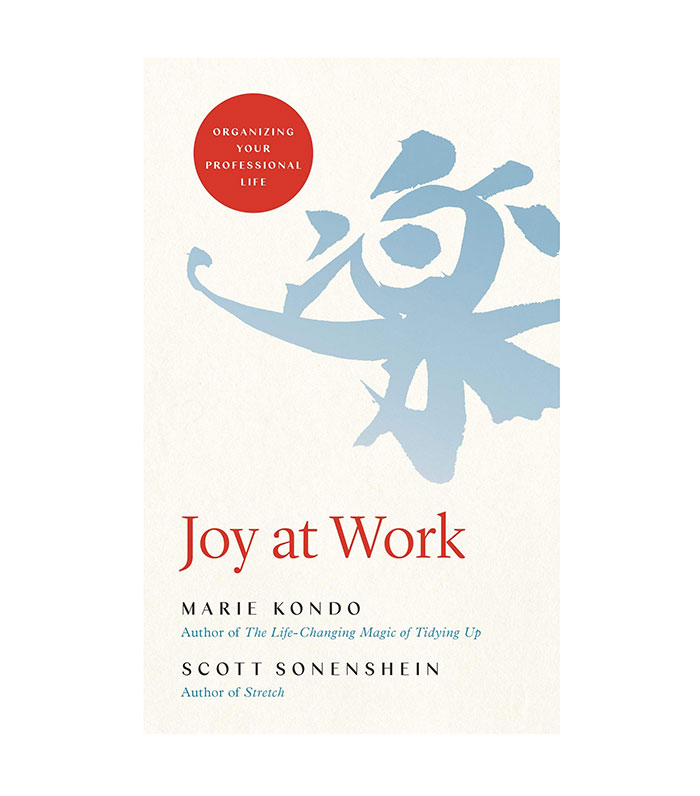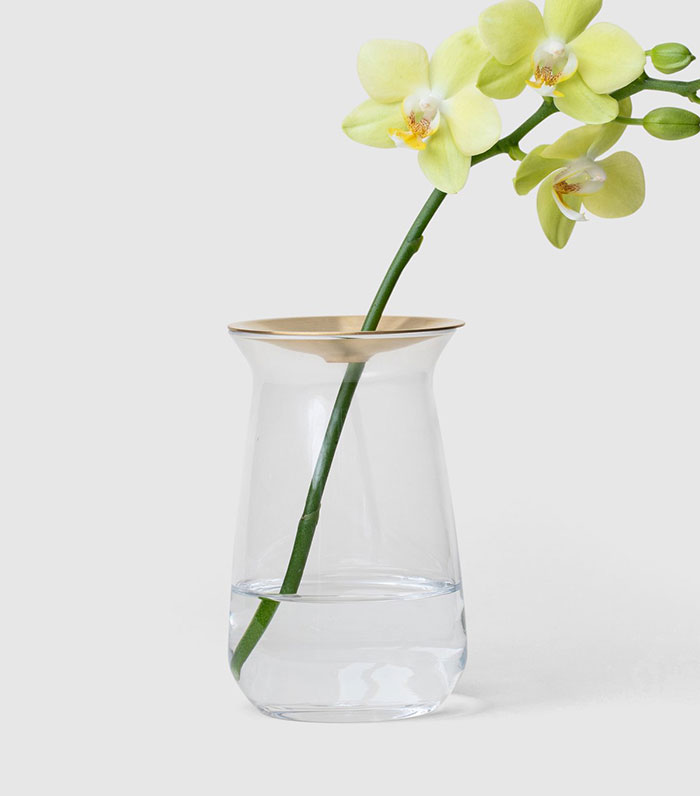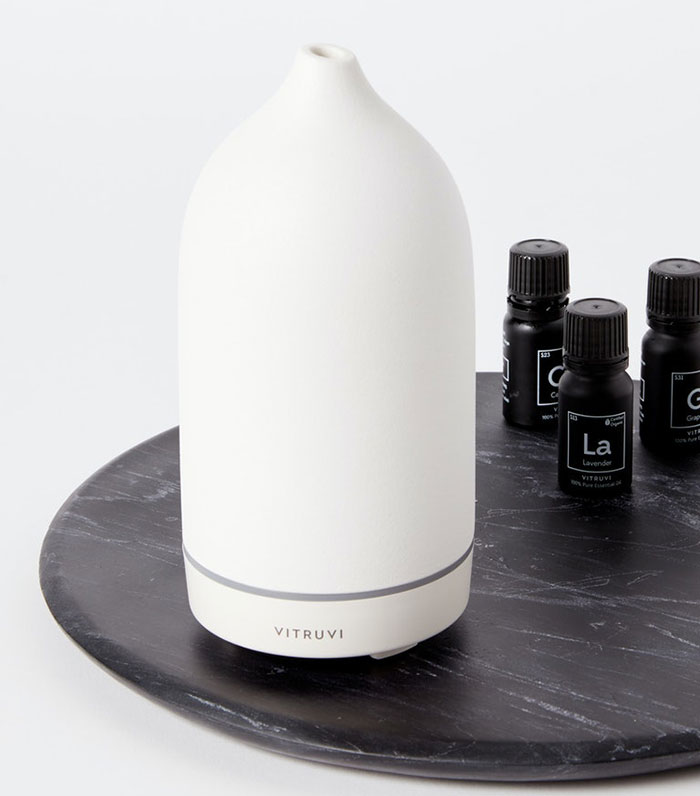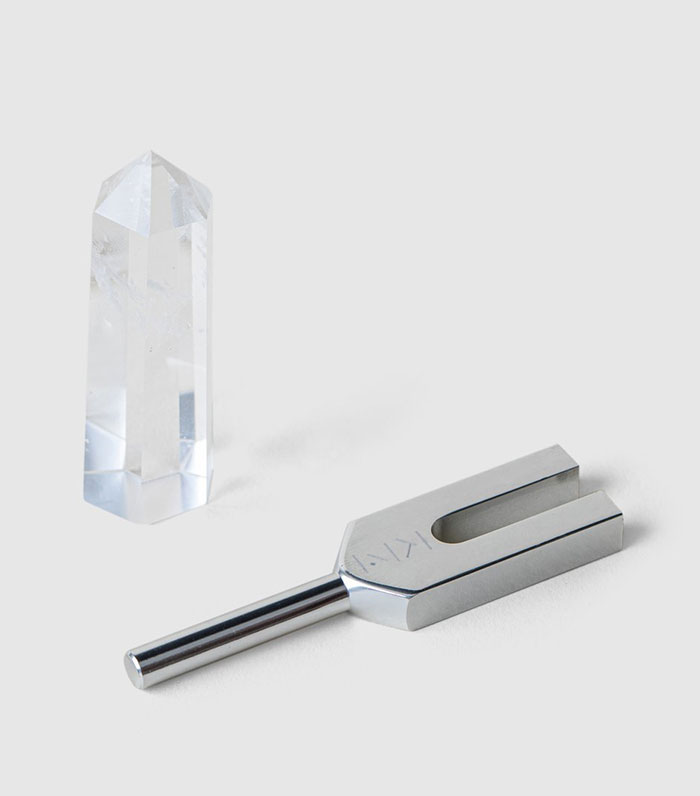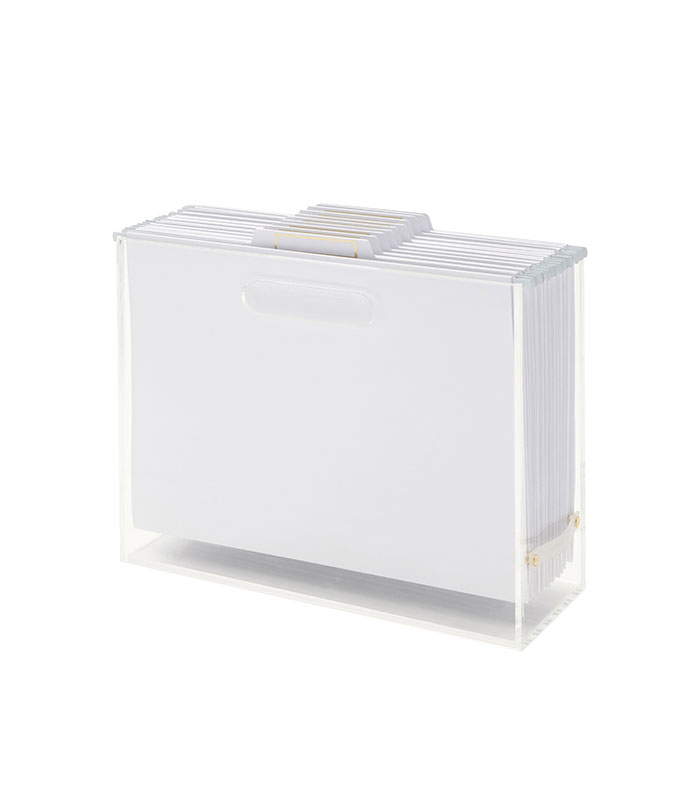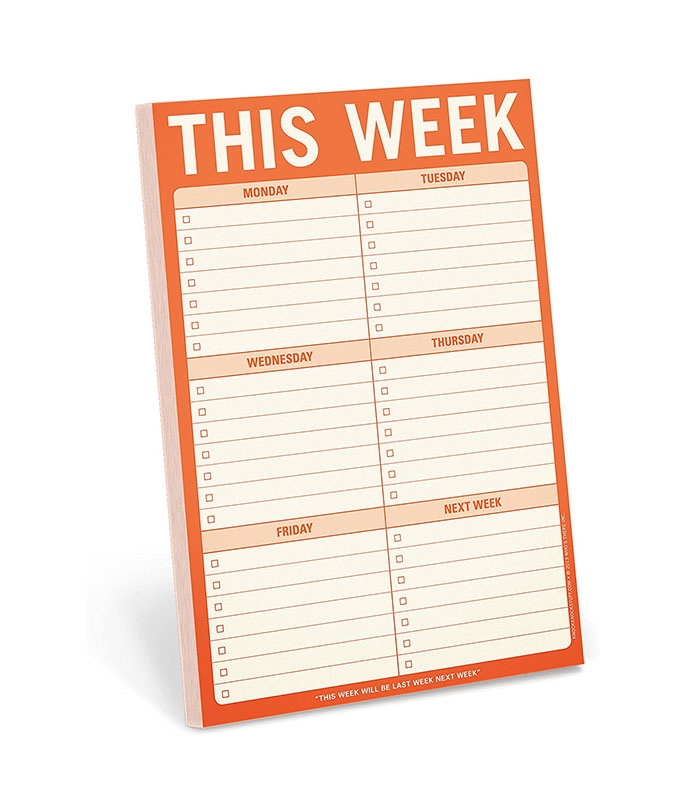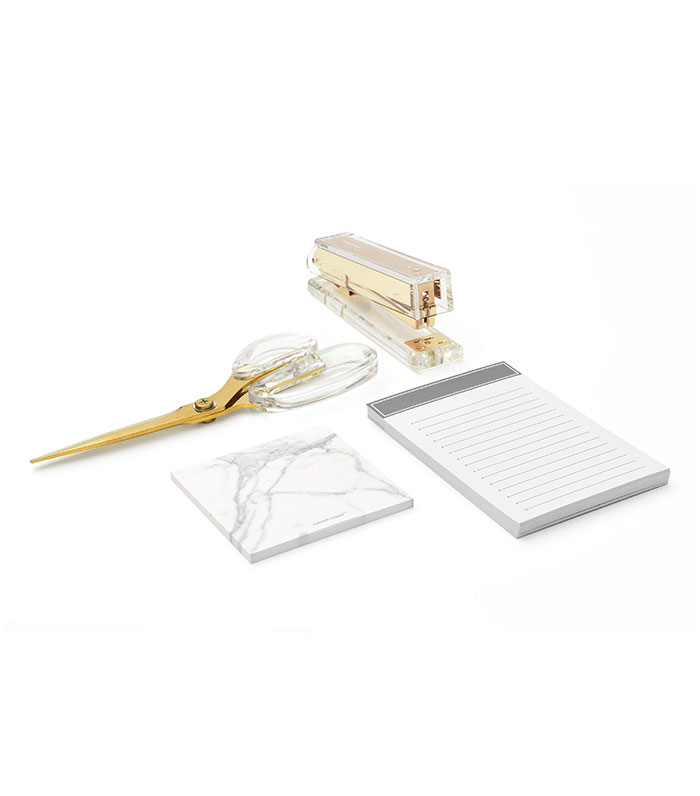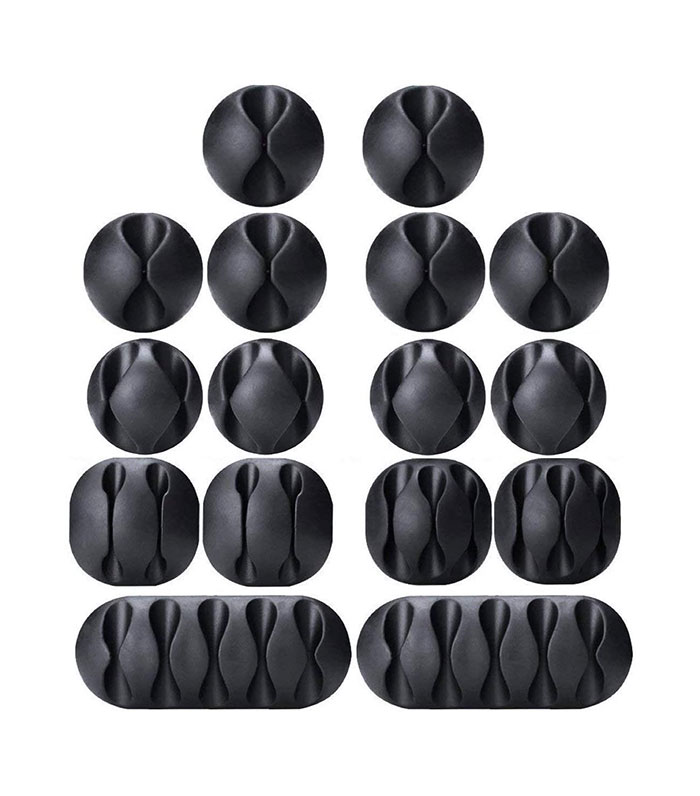10 Marie Kondo Approved Organization Tips for Working From Home
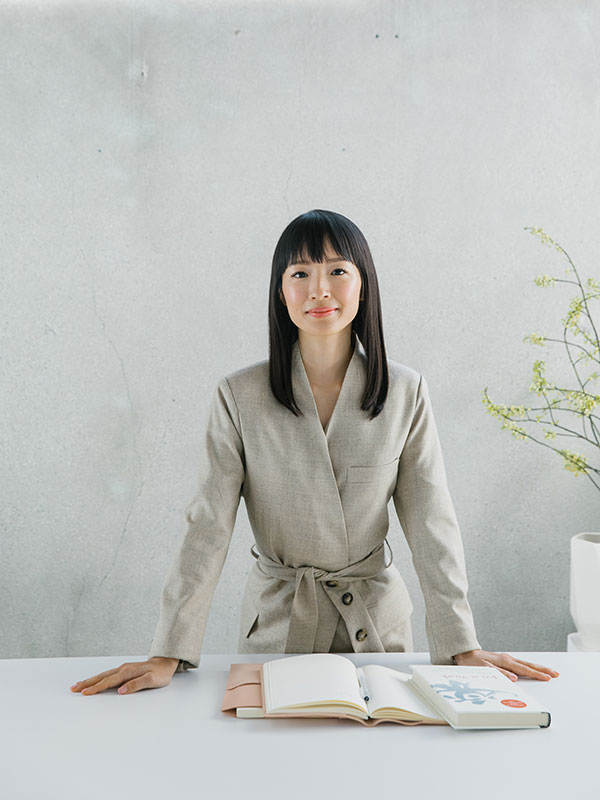
Whether you've got your work-from-home routine down already or you're still trying to figure it out, we can all use more advice on how to increase productivity, right? If you're lucky enough to be able to WFH, you might find that some days, you cross off everything on your to-do list and feel like you're on a roll, and then other days you are so distracted by literally everything in your home and can't focus on all the tasks you have to do.
When it comes to your level of productivity, a big factor is how organized you are. Yes, some people can thrive in cluttered chaos, but a lot of us need detailed to-do lists, filing systems, some kind of email-sorting process, etc. And if you've had to make the shift from working in an office to working at home recently, you might find that what worked in one space doesn't quite work in another.
To figure out the best way to stay organized when working from home—and in turn, productive—we turned to the queen of organization herself, Marie Kondo. The New York Times best-selling author has a new book out, Joy at Work, and recently added office and desk accessory offerings to her KonMari Shop. Take a look at her best tips below:
1. Identify All the Things You Need
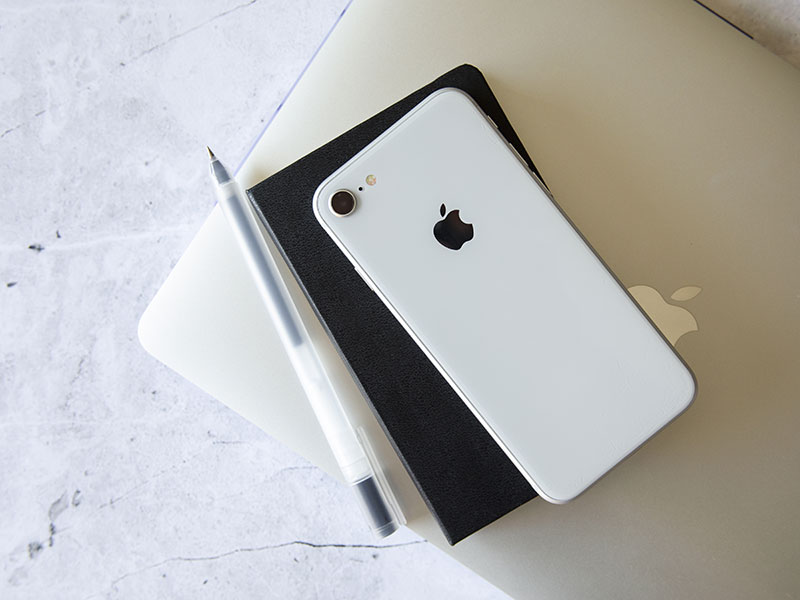
Keep everything you need at hand so you don't lose focus searching for something. "No matter where you work, it's important to create an environment that helps you focus," Kondo says. "If your home has unexpectedly become your office, identify the items that are crucial to getting your job done, and designate a clear spot for them—a box or portable carrier will do."
2. Add One Thing That Sparks Joy
Kondo still wants us to embrace her "spark joy" philosophy. "When it's time to work, move all unrelated items off of your workspace and, if you can, add one thing that sparks joy when you look at it—I always keep a crystal or small vase of fresh flowers on my desk," she says. "Creating a calm, uncluttered environment will enhance both productivity and joy."
3. Create a Beginning-of-the-Day Ritual
This will help you get into a "work" mindset. "I also suggest doing something that marks the start of your work day," Kondo adds. "I strike a tuning fork and diffuse essential oils to signal to my body that I'm switching gears."
4. Consider Storage
If you don't have a desk or home office, things can pile up real fast, and your work stuff melds into your personal stuff. It's time for a little bit of separation. "If you work from the living or dining room, for example, store all of your work items in a box or basket so you can move your tools with you," Kondo says. "At the end of the day, move them out of sight so they don't distract you during dinner or downtime."
5. Organize Your Decisions
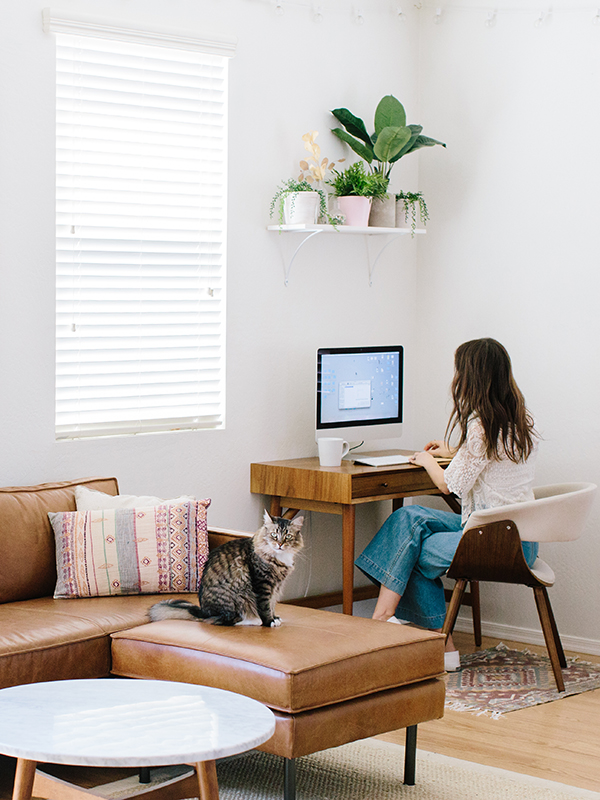
Kondo recommends organizing decisions into three categories: low-stakes, medium-stakes, and high-stakes. "Many low-stakes decisions can be automated—President Obama famously only wore gray or blue suits to cut down on the number of decisions he had to make in a day!" she explains. "Sort through your medium- and high-stakes decisions and isolate those that are critical for the work you do. Prioritize those, and—as much as possible—automate or delegate the rest. This approach tends to yield high productivity!"
6. Recognize the Difference Between Non-Essential and Important Tasks
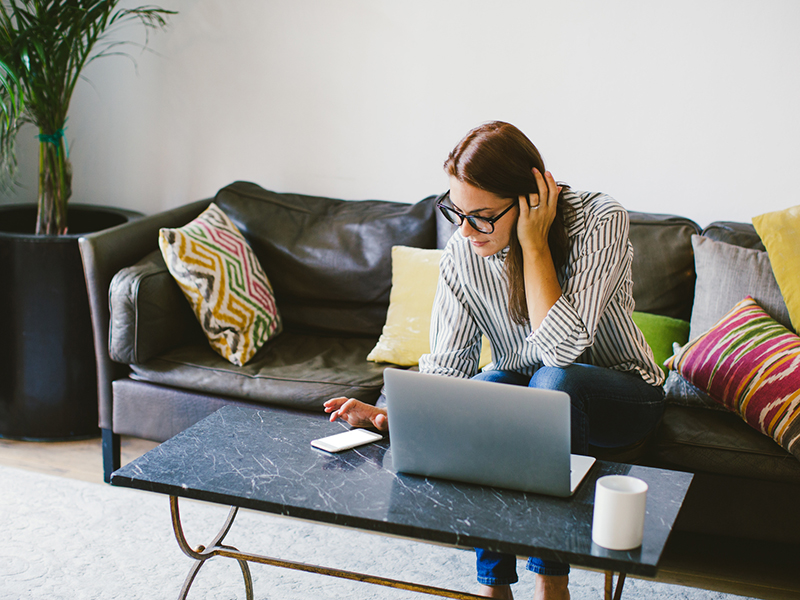
This is another way to organize your time. "On average, we spend less than half of our workday on our main job responsibilities—the rest of the time is taken up by interruptions, non-essential and administrative tasks, emails, and meetings," Kondo explains. "My advice is to resist the 'urgency' trap—recognize the difference between urgent and important tasks and make sure the urgent to-dos aren't draining all your time and energy."
7. Schedule Downtime

It can be really easy to work nonstop when you're at home. Personally, I find that in an office, I take more breaks throughout the day to get water from the kitchen or talk to co-workers, but when I'm home alone, I rarely get up from my chair. But breaks are important and can help reduce or avoid burnout. "Another way to manage your time effectively is by scheduling downtime," Kondo suggests. "Block out windows on your calendar each week to turn off notifications, take a walk, or simply let your mind wander. Your creativity will be replenished and your brain will be sharper."
8. Keep the Paper Clutter Under Control
Kondo recommends disposing of papers that don't fall into these categories: currently in use; needed for a limited period of time; or must be kept indefinitely.
"I recommend storing most items, including papers, vertically for two reasons," she explains. "First, if you stack things, you end up with what seems to be inexhaustible storage space, which makes it harder to notice how much you've accumulated. Second, things at the bottom of a pile essentially disappear; they recede out of our awareness, we put off dealing with them or waste time looking for them."
9. And Don't Forget About Your Digital Clutter, Too
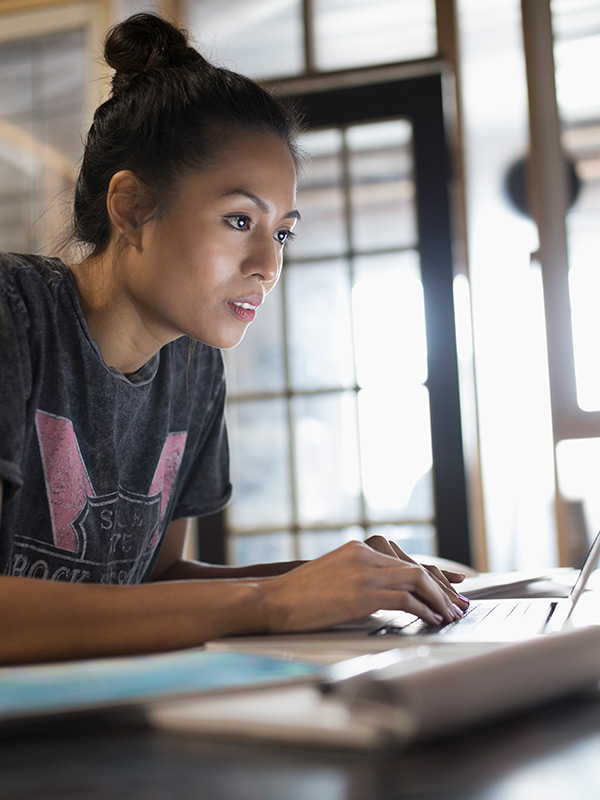
That computer desktop might be looking kind of scary. Or maybe your email inbox is OOC. Kondo says digital clutter can feel overwhelming, but it can be tidied.
"My advice for digital documents is to delete those that you don't need to get your job done and that won't provide you with guidance or inspiration in the future," she recommends. "It might feel safer to file everything away, but a complex digital filing system will only require time and energy to sort through and find what you need. Keep folders to a minimum—create a small set of intuitive, primary folders that house current projects, important records, and saved work you'll need to access in the future."

10. Make Time to Chat With Your Colleagues
If you miss interacting with your colleagues in person or want to improve your communication with them, make it a priority to reach out. "Schedule time during the workday to simply chat and catch up with your colleagues—connection with your cohort is vital to staying energized, engaged, and moving the business forward together," Kondo says.
Our Favorite WFH Accessories
Now that you've gotten Kondo's organizing tips, you might need some tools to get to work. Take a look at some of our favorite desk accessories and organization tools to upgrade your workspace:
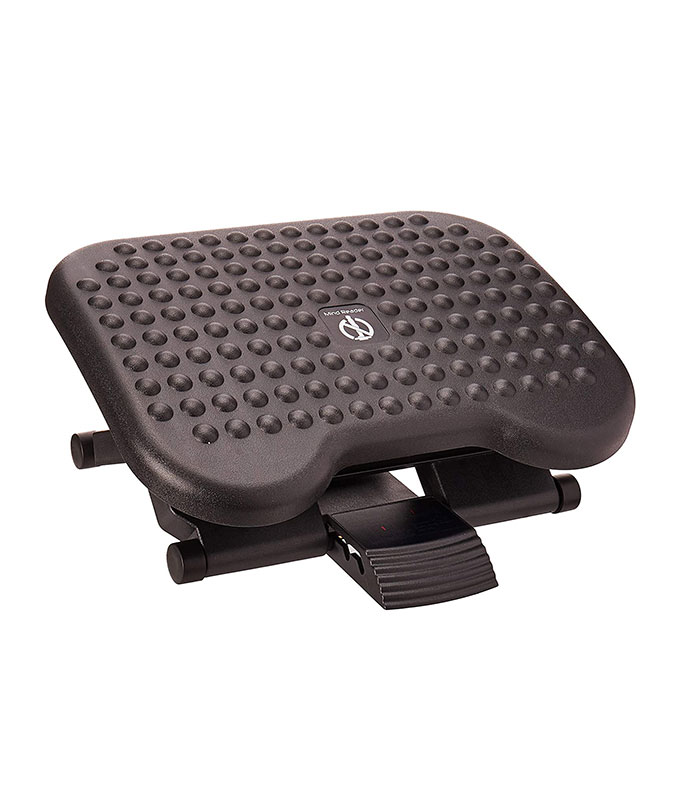
Posture is important, and when you're at home, it's easy to toss out all those rules out the window because no one's really looking. This footrest will improve your circulation, help your posture, and provide more support and comfort to your legs and back while sitting.
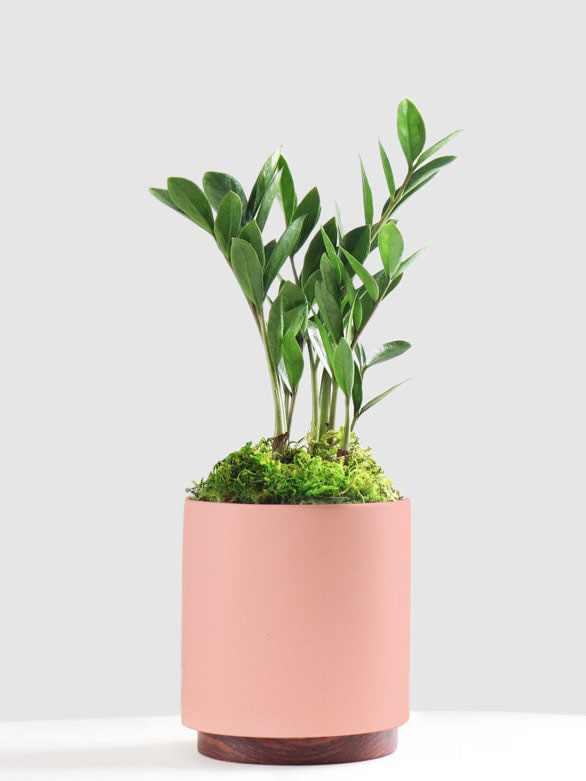
And why not add a plant to spark more joy in your workspace? The ZZ plant is a low-maintenance variety that works for both newbies and veteran plant parents.
Next up: The 12 Best Athleisure Brands You Can Wear While Working From Home
This article is provided for informational purposes only and is not intended to be used in the place of advice of your physician or other medical professionals. You should always consult with your doctor or healthcare provider first with any health-related questions.
Sarah is lifestyle writer and editor with over 10 years of experience covering health and wellness, interior design, food, beauty, and tech. Born and raised in Los Angeles, she attended New York University and lived in New York for 12 years before returning to L.A. in 2019. In addition to her work atBest Knockoff Luxury Clothing , she held editor roles at Apartment Therapy, Real Simple, House Beautiful, Elle Decor, and The Bump (sister site of The Knot). She has a passion for health and wellness, but she especially loves writing about mental health. Her self-care routine consists of five things: a good workout, “me” time on the regular, an intriguing book/podcast/playlist to unwind after a long day, naps, and decorating her home.
